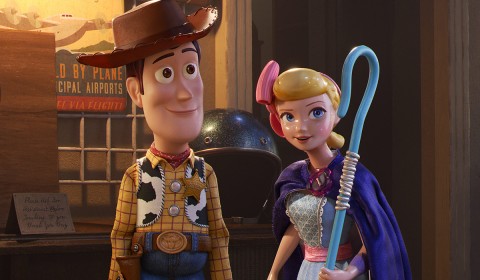The Oscars recognize Toy Story’s evolution
It is the nature of a creature—or toy, or movie franchise—to outgrow its context and move on.

Rare is the overtly theological film. Toy Story 4, winner of this year’s Academy Award for Best Animated Feature Film, is one of them.
In the movie, Sheriff Woody clings to the only sense of purpose the cowboy doll has ever known: being there for his kid. Unfortunately, his current kid, Bonnie—you may remember that Andy, his original kid, went off to college—has shelved Woody in favor of a new creation named Forky. When Forky goes AWOL, Woody mounts a rescue mission that distracts him from his own quandary and rekindles his waning sense of purpose. In the end, however, the crisis reasserts itself: How far should a toy’s selfless devotion to a child go? Once conditions change, is it okay to leave the room?
Toy Story 3, thought to have been the last of a trilogy, won the 2011 award for best animated feature, and in the weeks leading up to the Oscars there was speculation that the academy wouldn’t reward the franchise for “pushing it” with a fourth offering. Viewers and critics alike wondered with Woody whether his story had outlived its purpose.





